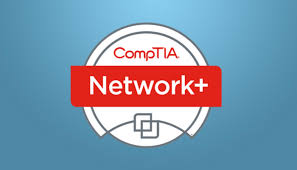Course Overview:
This course explores the VMware Infrastructure and related security, which consists of VMware ESX Server & VMware Virtual Center Server. We will look at both the design environments and operational processes of the VMware Infrastructure including security. This course provides IT architects with the insight needed to tackle tough issues in server virtualization such as virtual machine technologies, storage infrastructure, and designing clustered environments with security practices included. Extensive hands-on labs provide for a rich student experience.
Hypervisors and their supporting environment require attention to security due to the aggregated risk of hosting multiple virtual servers. This course explores the security of virtualized environments. Student configure ESXi by learning to manage the security and risk between ESXi, virtual servers and security integration of ESXi to the physical network infrastructure including appropriate segregation from other sensitive networks and management networks. How to configure virtual networks when some hosts are dual or multi homed, but internally segregate between the two or more connected networks with different security levels. Appropriate integration of zero-clients and thin clients. Configuration of defensive measures on hosts, servers, hypervisors within the virtual environment and practices for those guarding it externally. Integration of Active Directory and other AAA/CIA related services relative to a virtualized environment.
Students are also walked through DoD ESXi Security Technical Implementation Guide (STIG). Introduction to the impact of Intel Trusted Execution Technology integrated with ESXi to create a trusted platform for virtual machines. Additionally the instructor walks the students through NIST Special Publication 800-125A: Security Recommendations for Hypervisor Deployment on Servers, and NIST Special Publication 800-125B: Secure Virtual Network Configuration for Virtual Machine (VM) Protection.
Attendees to “VM-345: VMware Infrastructure Security: VMware Install, Configure, and Manage with Security Objectives” will receive TechNow approved course materials and expert instruction.
Dates/Locations:
No Events
Duration: 5 Days
Course Objectives:
• Virtual Infrastructure Overview
• ESX and ESXi Server Installation
• Configuration of Networking, Scalability and Security
• Storage
• Install and Configure vCenter Server and Components
• Creation, Deployment, Management, and Migration of Virtual Machines
• Utilize vCenter Server for Resource Management
• Utilize vCenter Server for Virtual Machine Access Control and User Managment
• Use vCenter Server to increase scalability
• Monitoring Your Environment
• Data & Availability Protection Troubleshooting
• Use VMware vCenter Update Manager to apply ESXi patches
• Use vCenter Server to manage vMotion, HA, DRS and data protection.
